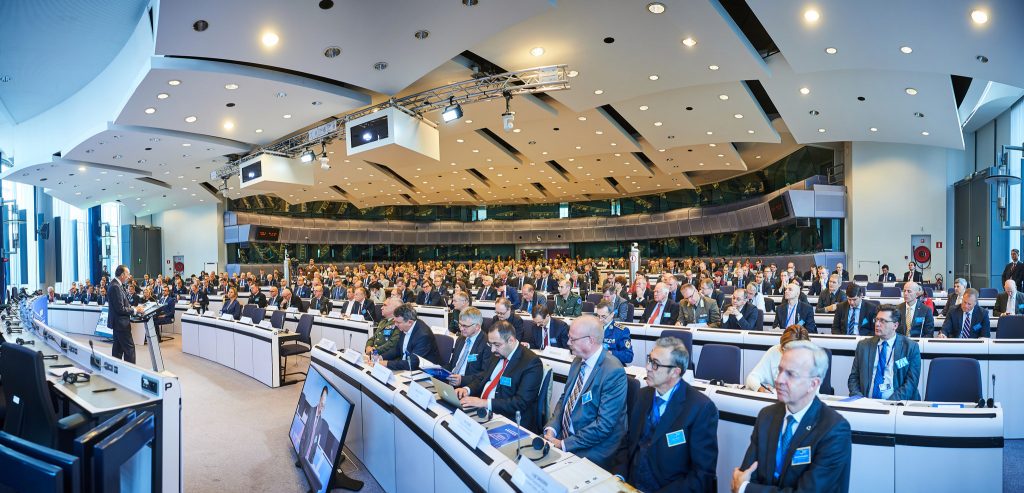The European Defence Agency, headquartered in Brussels, Belgium, has announced a project to asses to possibilities of 3D printing for the military. The technology is expected to have significant benefits for operations, including “field repair & maintenance, reduced logistic burden,” “improved sustainability in warfighting and peacekeeping missions,” and savings on cost.

Input from the European Commission, Space Agency and other additive bodies
To carry out the project, the EDA has enlisted the help of missile developer and manufacturer MBDA, and Spanish Innovation and Technology Center Prodintec. In studying “Additive Manufacturing Feasibility Study & Technology Demonstration,” the enterprises will conduct interviews and collect questionnaires from a number of relevant stakeholders.
The project includes consultation with the European Commission, the European Platform on Additive Manufacturing, and European Space Agency, that has a number of 3D printing projects including fabrication in zero-gravity conditions.
In addition to such organizations, the project has also opened up anonymous contribution from relevant figures in worldwide Ministries of Defense.

Study objective
The objective of the study falls into 3 different strands, namely;
- To identify the opportunities and obstacles to implementing additive manufacturing in defence. For example: digital spare part storage and on-demand production, as in experimentation at U.S. Navy Fleet Readiness Centers; snd potentially research in to data protection for cloud-based systems.
- To demonstrate the utility of additive manufacturing in “a simulated deployment scenario”.
- To exhibit these findings in a presentation to military representatives, and raise awareness of additive manufacturing within the sector; as again demonstrated by the US Navy in a 3D Print-a-Thon at the Pentagon.
With the project, European Defence also hopes to “create a synergy between the Materials R&T community and the operational staff”, that, as we found at the UK Intelligent Engineering Forum in Coventry, is essential to the technology’s success.

The future of additive
With additive manufacturing roadmaps in development the world over, the European Defence Agency’s uptake of the technology is promising for the progress and survival of the 3D printing industry.
Another study of interest, conducted by researchers at RWTH Aachen University in Germany, gathered the views of over 200 industry experts and forecasted the most probable uses of additive manufacturing in the year 2030.
To stay up to date with the European Defence Agency’s additive manufacturing plans sign up to the 3D Printing Industry newsletter, and follow our active social media channels.
Tickets for the 3D Printing Industry Awards are also now available here.
Featured image shows an Italian Blade helicopter flying European flags. Photo by the Austrian Armed Forces/Horst Gorup via eudefenceagency on Flickr.


